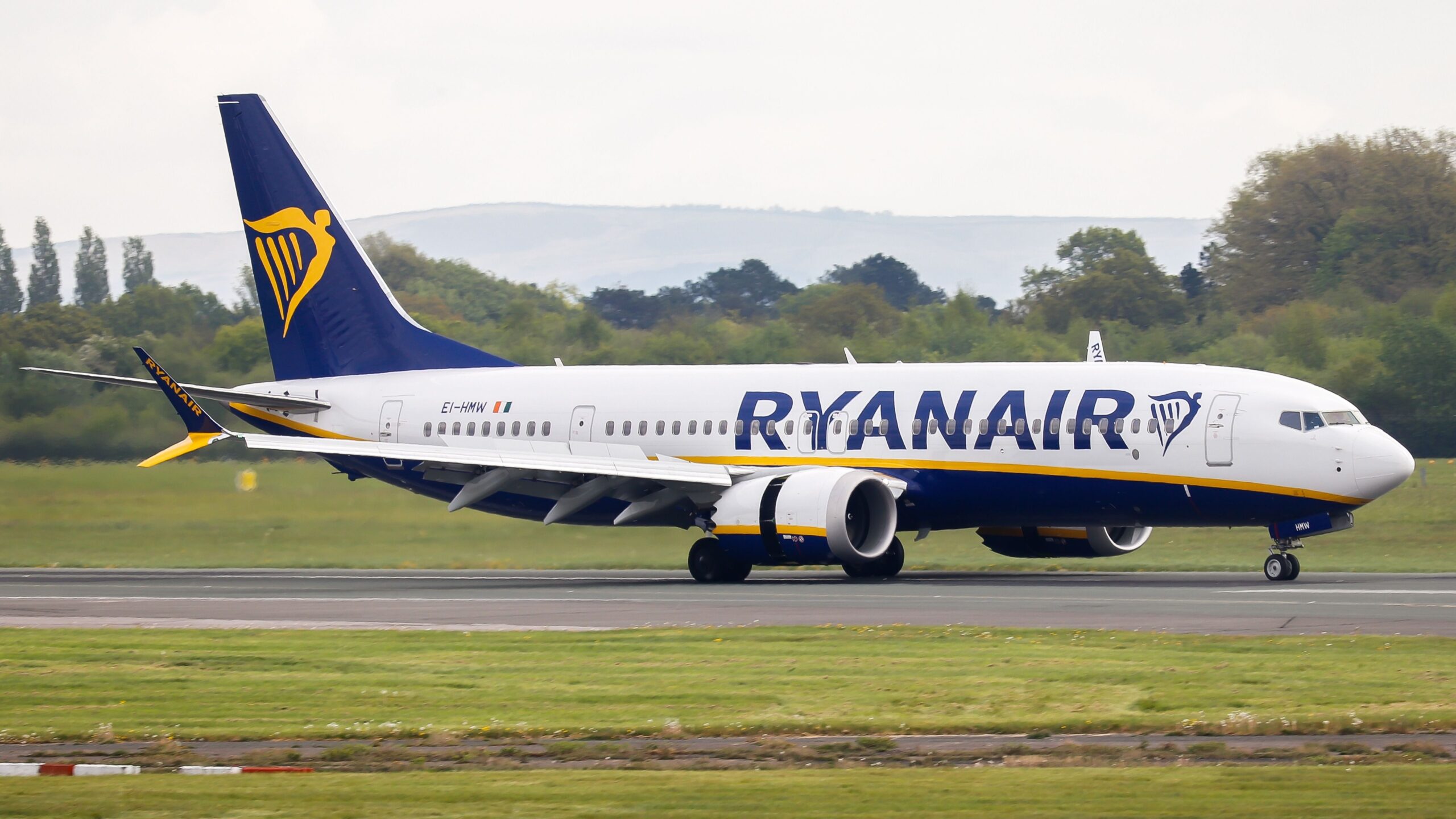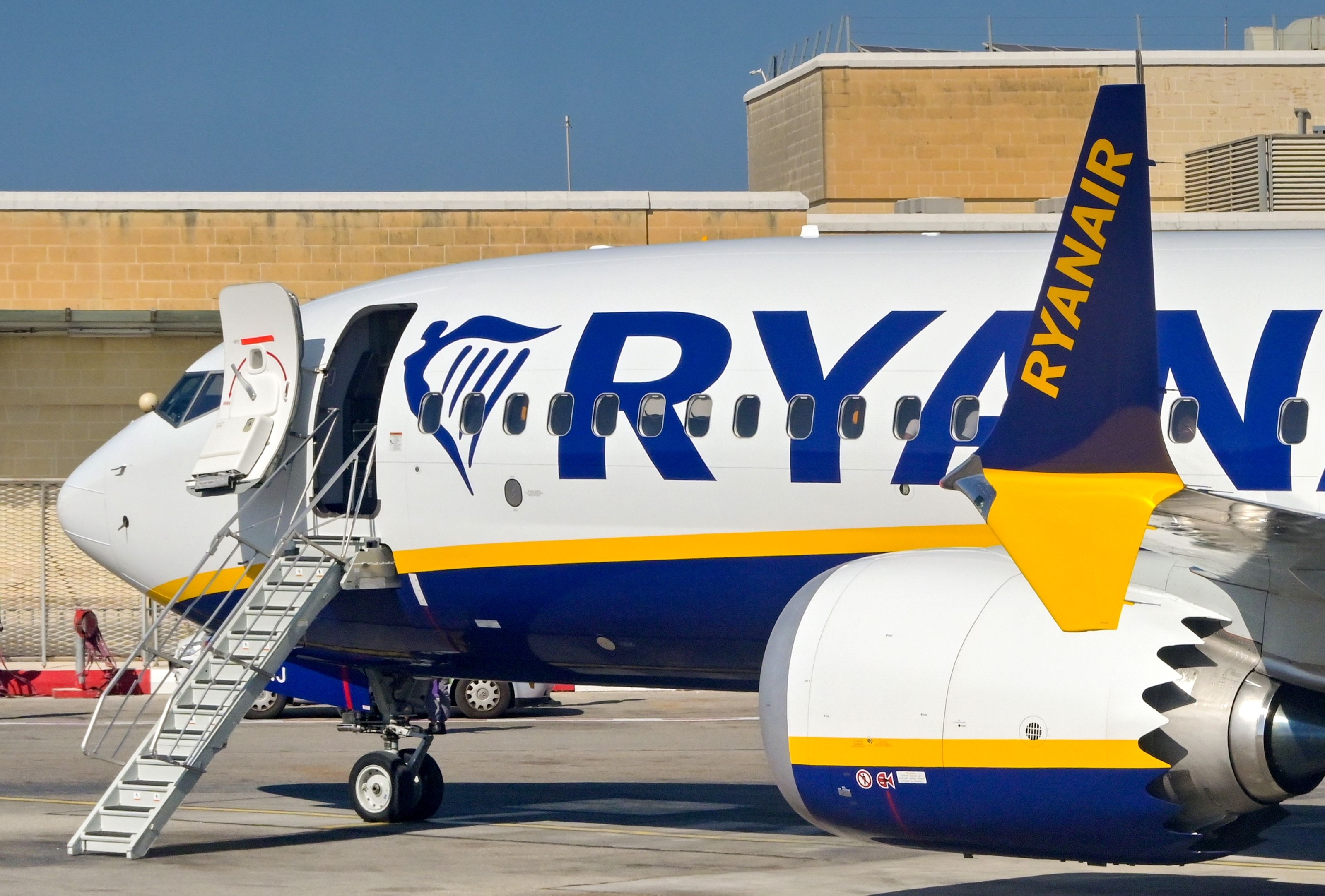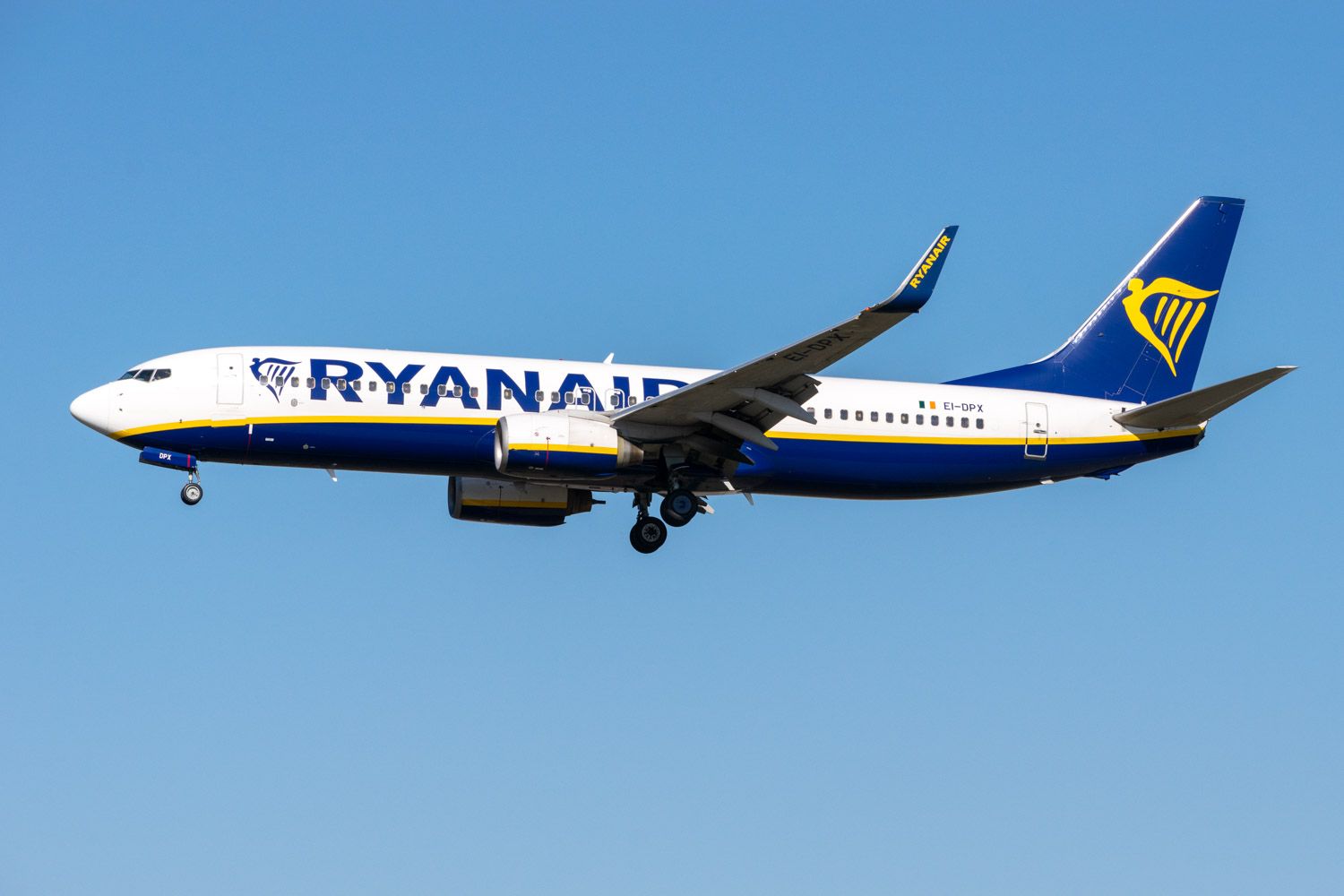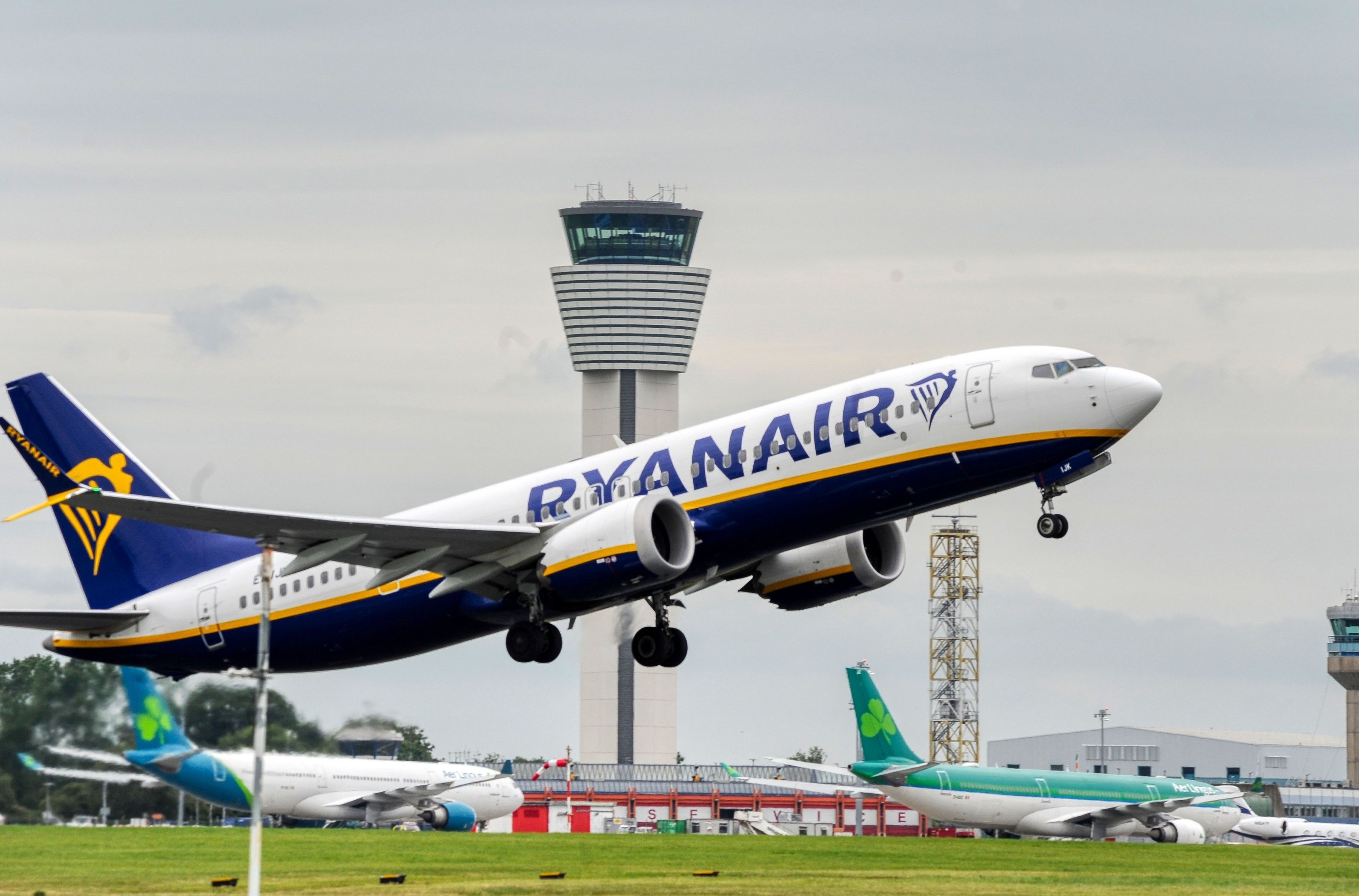Summary
- Ryanair has continued criticizing Eamon Ryan, the Transport Minister of Ireland, with the airline blasting the Irish government for restricting aviation’s growth in Ireland.
- This time, the low-cost carrier called Ryan to raise the artificial funding cap for Ireland’s regional airports from 1 million to 2 million annual passengers, allowing larger airports to receive funding from the Regional Airports Program.
- Previously, Ryanair blasted Ryan for the artificial passenger cap at Dublin Airport (DUB).
Ryanair keeps publicly calling out Irish lawmakers, especially the Irish Transport Minister, Eamon Ryan, criticizing them for their shortcomings in ensuring that Ireland and its airports can grow in the near and long-term future.
Raising funding cap for Irish regional airports
On July 26, the Irish low-cost carrier issued a statement, calling for Ryan to raise the artificial funding cap for Ireland’s regional airports from 1 million to 2 million annual passengers, ensuring that these airports can receive funds from the state under the Regional Airports Program.
Photo: Ceri Breeze | Shutterstock
Ryanair criticized the cap, saying that the program contradicted Ireland’s National Aviation Policy by limiting growth for airports that handle more than 1 million passengers annually.
“Ryanair calls on Transport Minister E. Ryan to explain why, when there is already an artificial passenger cap at Dublin Airport stifling Ireland’s tourism, jobs, and economic growth, he would preside over another artificial passenger cap for regional airports that blocks growth.”
According to the Irish Central Statistics Office (CSO), in 2023, only three airports had fewer than 1 million passengers throughout the year: Knock Airport (NOC), Kerry Airport (KIR), and Donegal Airport (CFN).
Meanwhile, Shannon Airport (SNN) and Cork Airport (ORK) handled 1.8 million and 2.7 million passengers in 2023, while Dublin Airport (DUB) welcomed 33.2 million travelers during the year.
Data from the aviation analytics company Cirium showed that Ryanair and Ryanair’s United Kingdom (UK)-based subsidiary has scheduled 178 weekly departures from SNN, NOC, and KIR in July. During the same month in 2023, the low-cost carrier had 192 weekly flights leaving the same three airports.
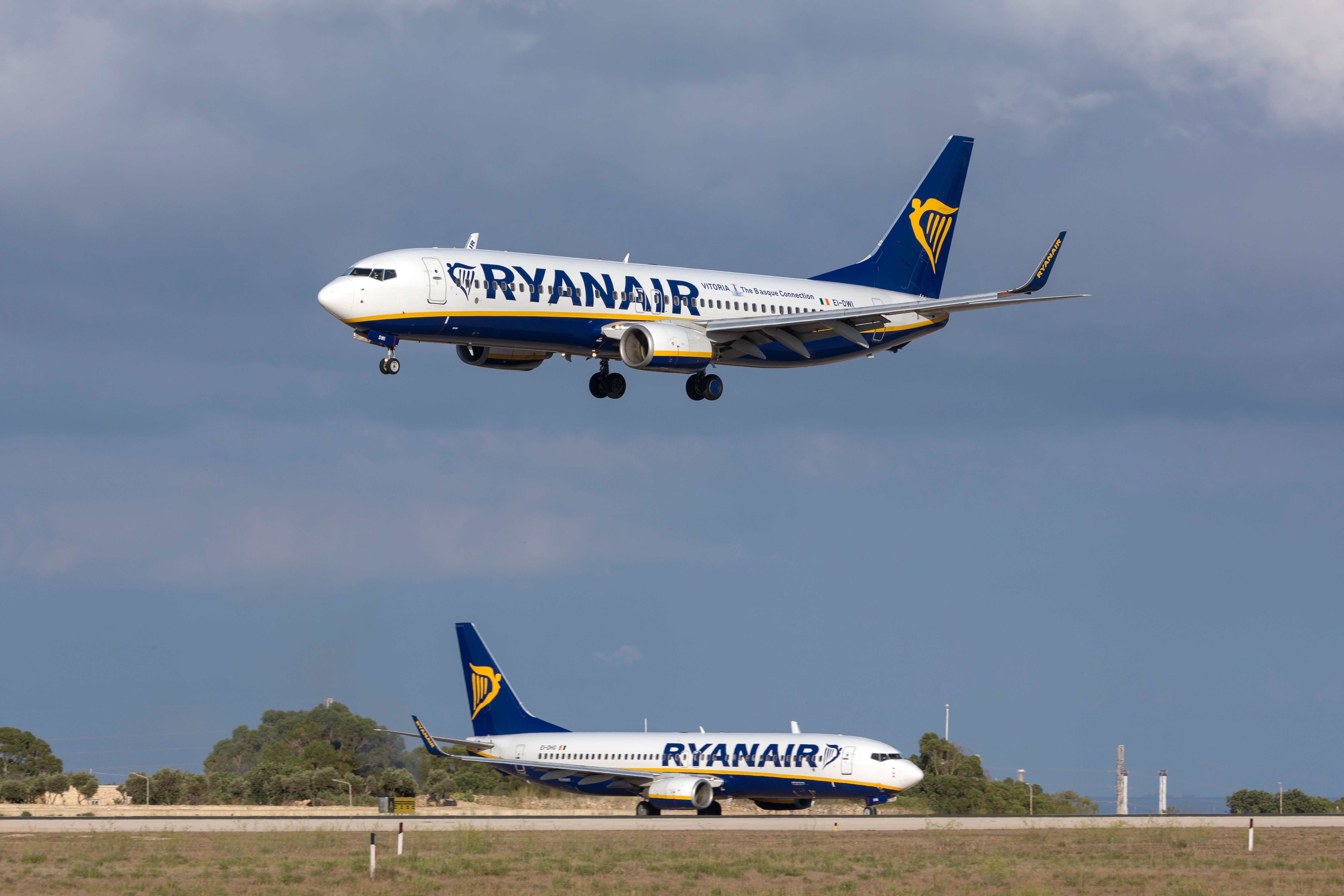
Related
Ryanair Reports 46% Drop In Quarterly Profit & Predicts Lower Summer Fares
Ryanair warned that any further delivery delays could worsen its situation in an already difficult fare environment.
Ambitious growth planned in Ireland
Ryanair added that on March 7, the airline presented its growth plans to Ryan, outlining that it intended to grow Ireland’s traffic by 50% to 30 million passengers per year over the next six years, with the low-cost carrier investing over $1.6 billion in new aircraft for Irish airports.
This would create over 800 jobs in the country, double traffic at ORK, SNN, and KIR, and Ryanair would open a two-aircraft base at NOC.
“Not only has Transport Minister E. Ryan failed to respond to Ryanair’s ambitious growth proposal, but he is blocking this much-needed regional airport growth by restricting airports to less than 1m passengers p.a. as well as failing to take any action to scrap the 32m passenger cap at Dublin Airport.”
Photo: Tom Boon | Simple Flying
Eddie Wilson, the chief executive officer (CEO) of Ryanair, added that it was astounding that Ryan not only continues to preside over the 32 million passenger cap “fiasco” at DUB but was now effectively capping Ireland’s regional airports to be limited at 1 million annual passengers.
Ryanair’s latest statement came after the Irish Department of Transport published an update on the regional airports program, which, as cited by the low-cost carrier, was “delivering on its objectives and is in line with Ireland’s National Aviation Policy.”
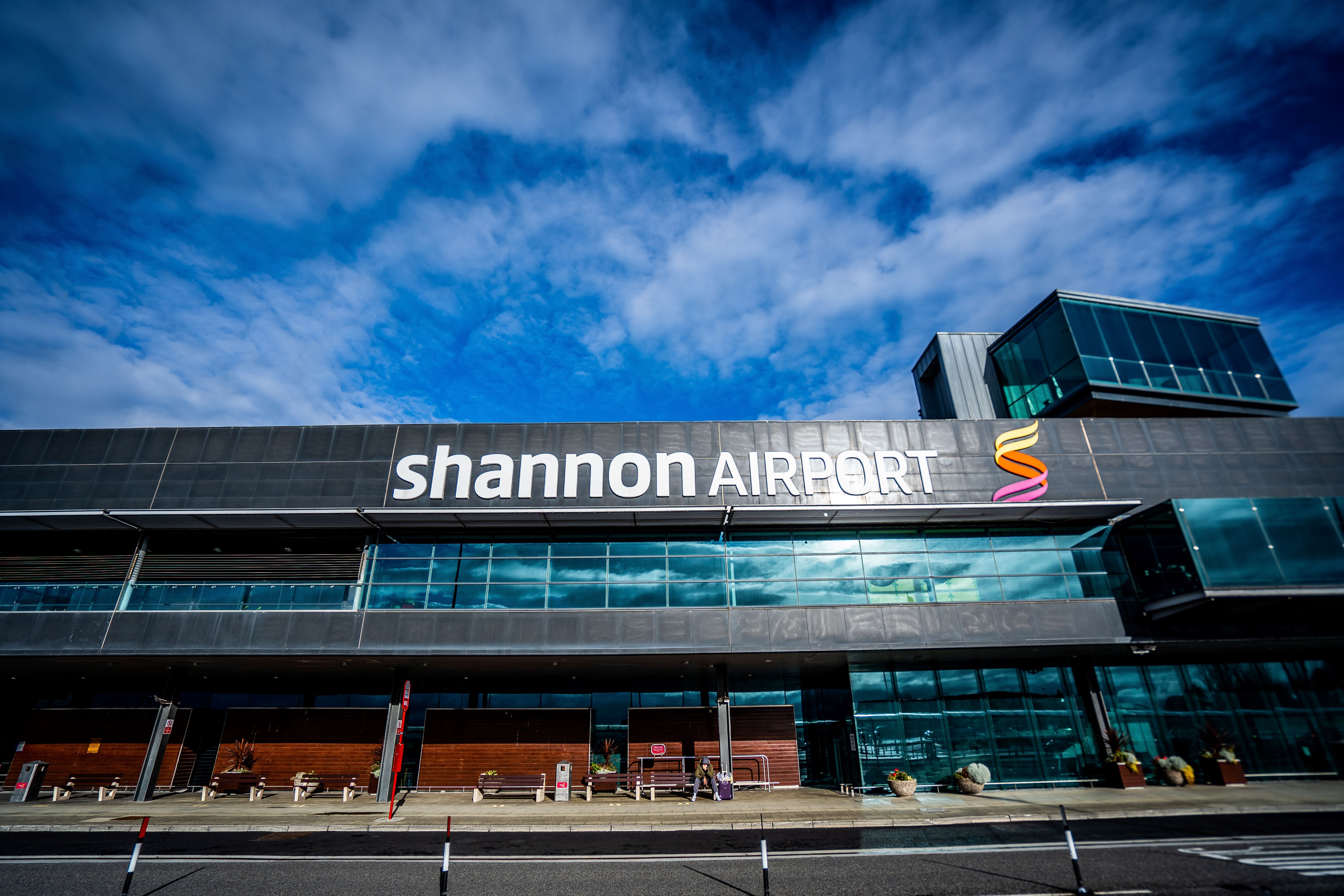
Related
Bouncing Back: Inside Shannon Airport’s Record-Breaking First Half Of The Year
The airport has seen a flurry of new European and Transatlantic route launches as it reaches its highest numbers in over a decade.
Ryanair versus Ryan
Ryanair’s continuous beef with Ryan has particularly flared up when the low-cost carrier found out that it had received fewer slots at DUB during the upcoming International Air Transport Association (IATA) winter season, which begins in October and ends in March 2025.
According to Airport Coordination Limited (ACL), the slot coordinator for DUB and other airports across the world, the Irish capital’s airport will have 20.8% fewer movements during the upcoming winter season compared to the corresponding period in 2023.
Photo: frank333 | Shutterstock
Ryanair, which had requested 38,746 slots, received 33,174 slots, or 85.6% of its requested flight movements. The cuts also affected Aer Lingus (85% of the requested slots), Air Canada (57.1%), Delta Air Lines (87.1%), Etihad Airways (50%), United Airlines (88%), and others.
Thus, on May 30, Ryanair stated that DUB’s 32 million annual passenger cap resulted in the low-cost carrier receiving slots that removed 1 million scheduled seats from its planned schedule at DUB, with the airport’s cap removing capacity while demand was high, potentially driving up prices to levels last seen in the 1980s.
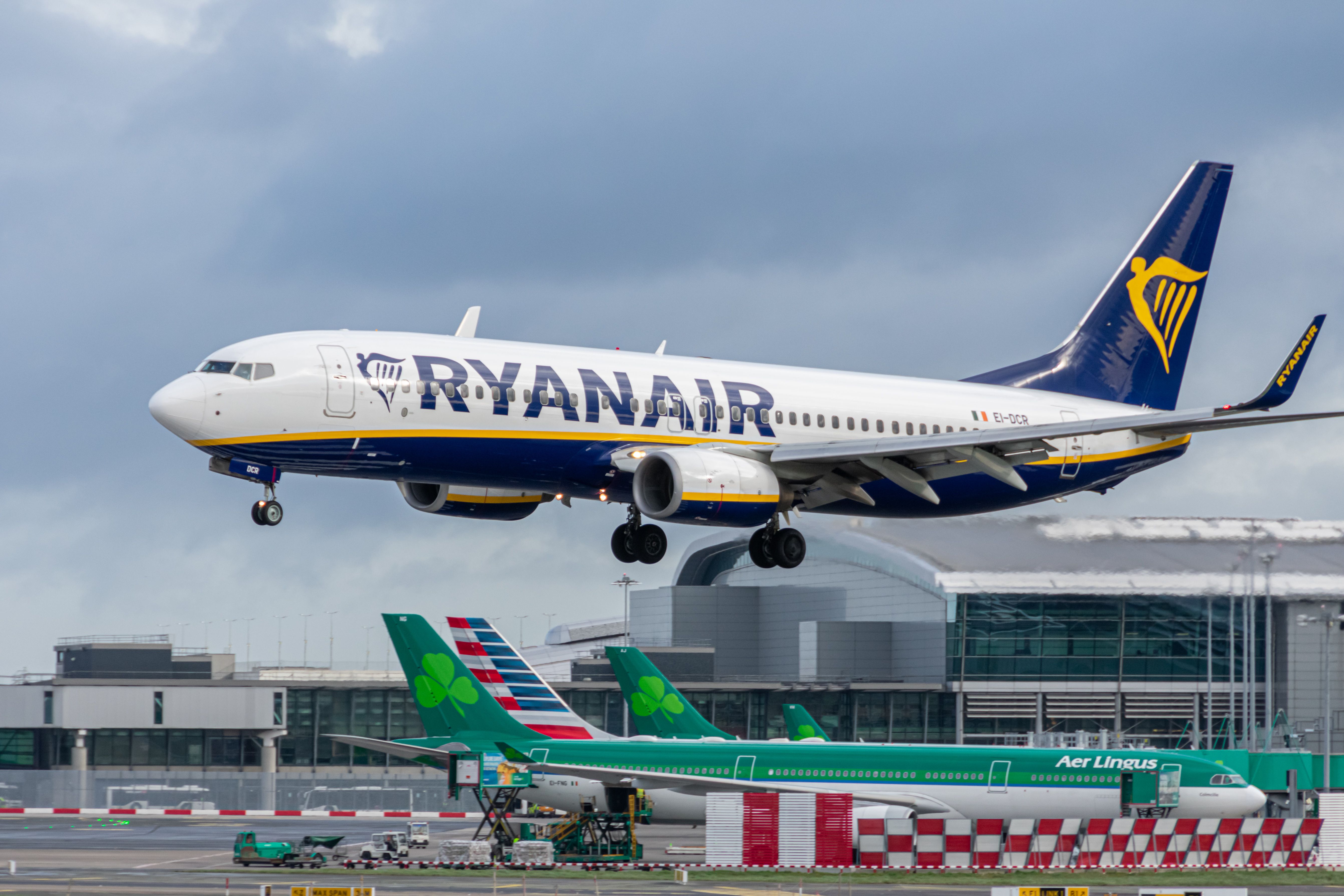
Related
Ryanair Says Traffic Cap At Dublin Airport Has Blocked Over 1 Million Seats This Winter
Dublin Airport (DUB)-based airlines have repeatedly criticized the passenger cap that will be imposed during the upcoming winter season.

